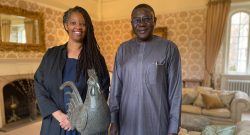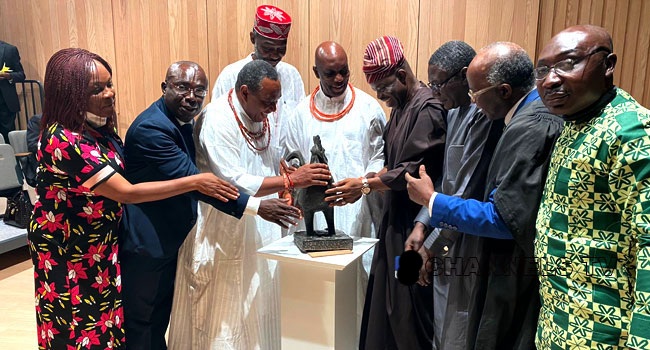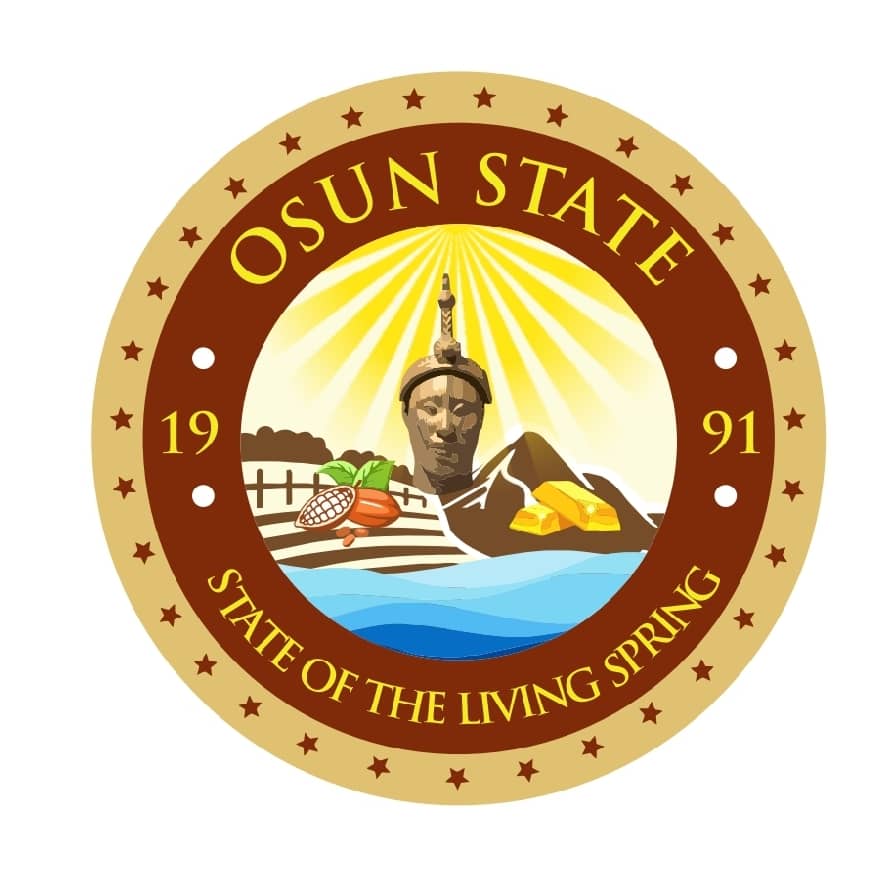Nigeria government has received a Benin bronze artefact from the University of Cambridge, more than a hundred years after it was taken from the country.
At a ceremony on Wednesday in the UK, the university handed over the artefact to the National Commission for Museums and Monuments, in a move it earlier described as the “first institutional return of its kind.”
Jesus College is the first UK institution to hand back a Benin bronze, raising pressure on other establishments, including the British Museum, to follow suit.
The Nigerian delegation was led by the head of the agency, Professor Abba Tijani, to receive the elaborately carved cockerel, known as “Okukor”.
“We’re excited, very happy to see that this artefact, which has been away from Nigeria for decades, is in good shape,” he said.
Tijani, who spoke during the ceremony to hand over the treasure, stated that it was the first time a UK institution would give back a Benin bronze.
He hailed the college’s act as “a great example for other institutions and other countries” and urged the British Museum to change its stance on the bronzes in its collection.
Noting that Nigeria has handed over a formal request for their repatriation, Tijani insisted that the sculptures “are going to the right place and they will be looked after”.
The bronze was taken from the kingdom of Benin — now part of Nigeria — in 1897 when Britain had a foothold on the African continent.


This undated handout photograph received from the University of Cambridge on October 27, 2021, shows “Okukor” which was handed over to a delegation of Nigerian officials during a ceremony at Jesus College. Chris LOADES / University of Cambridge / AFP
Cambridge’s Jesus College removed the cockerel from public display in 2016 after a campaign by students arguing it was a symbol of Britain’s colonial past.











